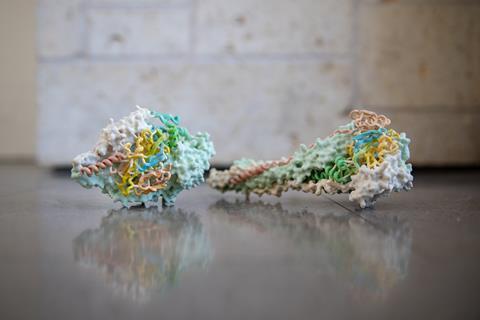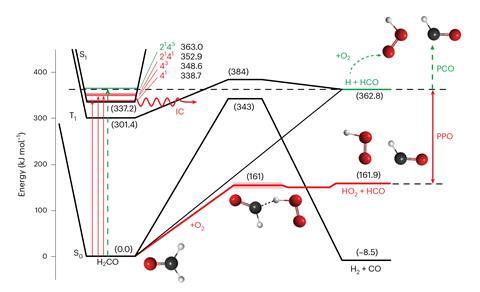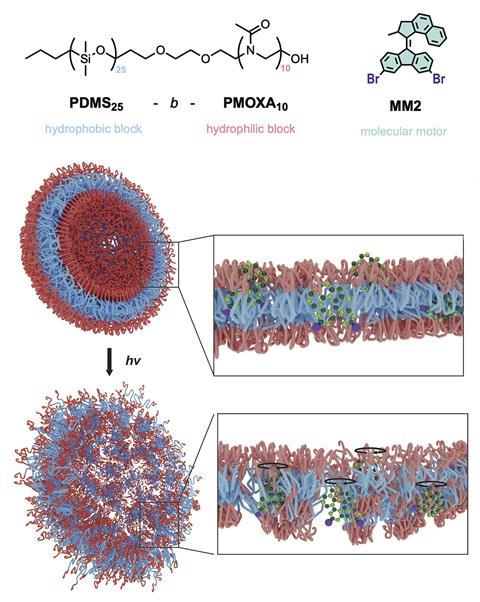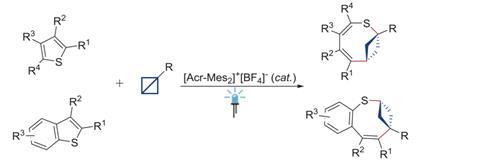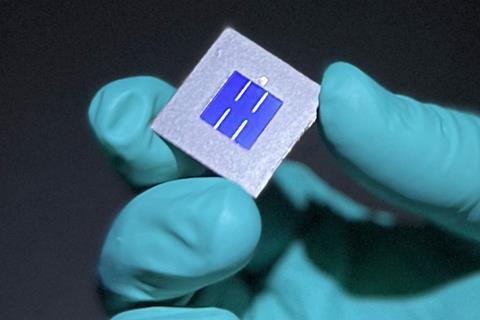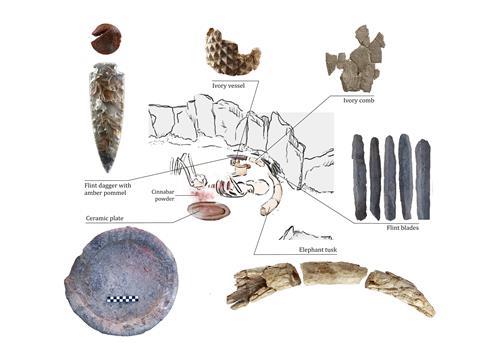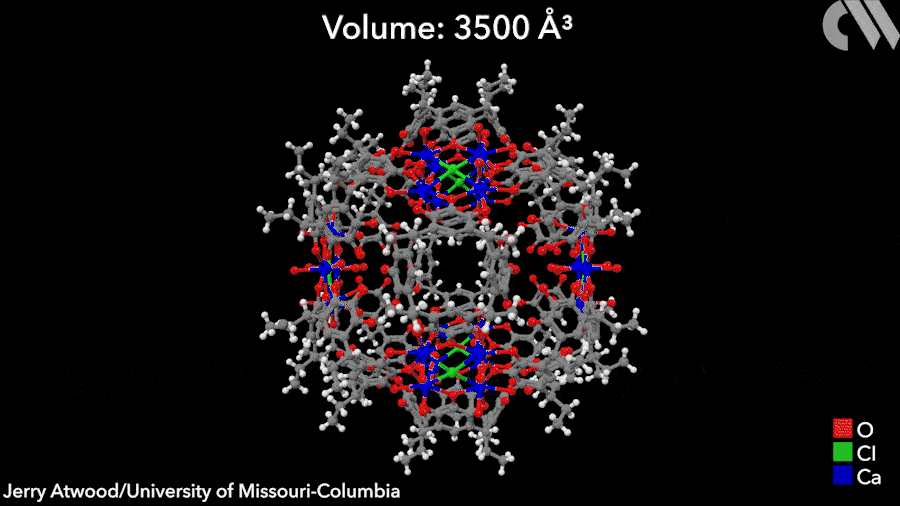It has been several decades since the monoclonal antibody Synagis (palivizumab) was approved as a preventative for severe disease caused by respiratory syncytial virus (RSV) infection. But it seems possible that, by the end of the summer, there will be three brand new therapies – including two vaccines and a long-acting antibody – approved for […]
Read More